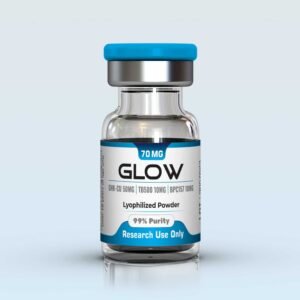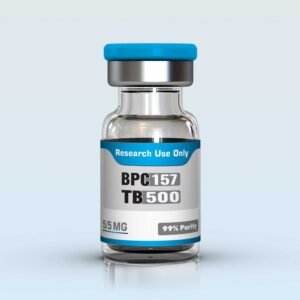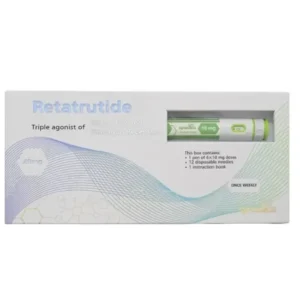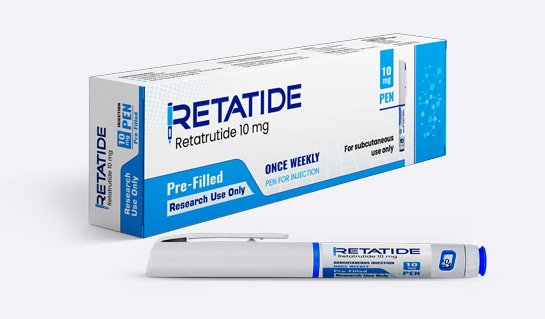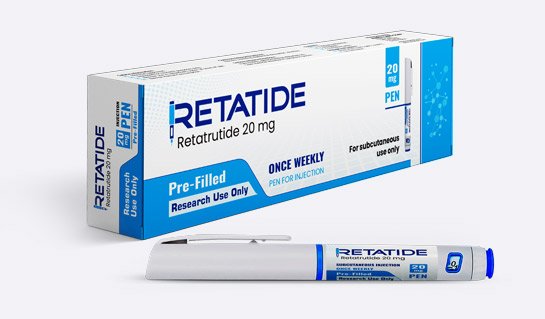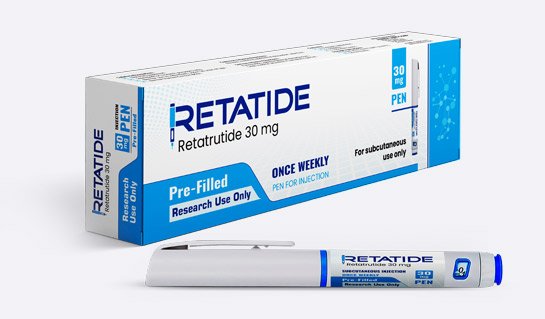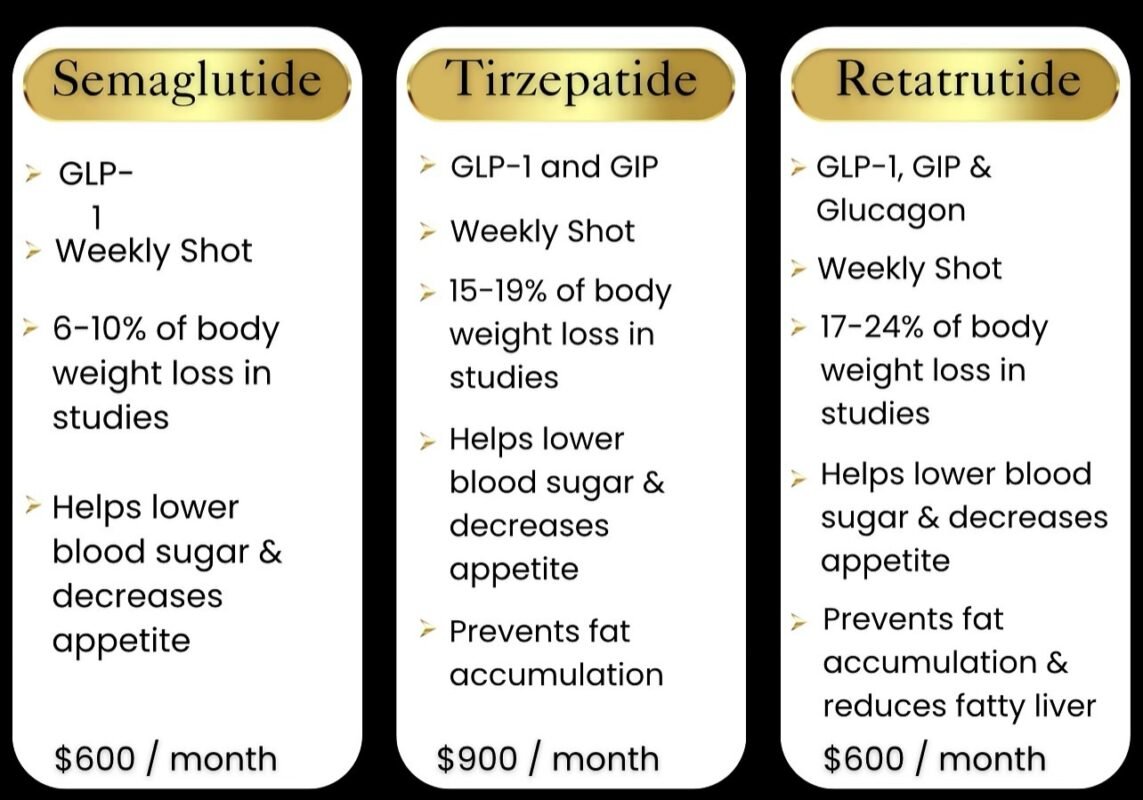Retatrutide is a triple agonist peptide that targets the Glucagon, GLP-1, and GIP receptors. Its respective EC50 values are 5.79 nM for glucagon, 0.0643 nM for GLP-1, and 0.775 nM for GIP. Administered subcutaneously, it has a half-life of approximately 6 days.
This peptide is typically supplied lyophilized and requires storage in a freezer at or below -20 °C. For comprehensive handling instructions, consult the manual: [Handling and Storage of Synthetic Peptides](Handling and Storage of Synthetic Peptides).
Key References:
Coskun T, Urva S, Roell WC, Qu H, Loghin C, Moyers JS, O’Farrell LS, Briere DA, Sloop KW, Thomas MK, Pirro V, Wainscott DB, Willard FS, Abernathy M, Morford L, Du Y, Benson C, Gimeno RE, Haupt A, Milicevic Z. LY3437943, a novel triple glucagon, GIP, and GLP-1 receptor agonist for glycemic control and weight loss: From discovery to clinical proof of concept. Cell Metab. 2022 Sep 6;34(9):1234-1247.e9.
Jastreboff AM, Kaplan LM, Frías JP, et al. Triple-Hormone-Receptor Agonist Retatrutide for Obesity – A Phase 2 Trial [published online ahead of print, 2023 Jun 26]. N Engl J Med. 2023;10.1056/NEJMoa2301972.
Sanyal, Arun J et al. “Triple hormone receptor agonist retatrutide for metabolic dysfunction-associated steatotic liver disease: a randomized phase 2a trial.” Nature medicine vol. 30,7 (2024): 2037-2048. doi:10.1038/s41591-024-03018-2
Ma, Jun et al. “Comparison of the effects of Liraglutide, Tirzepatide, and Retatrutide on diabetic kidney disease in db/db mice.” Endocrine, 10.1007/s12020-024-03998-8. 30 Aug. 2024, doi:10.1007/s12020-024-03998-8
Impact of Trifluoroacetic Acid (TFA):
Trifluoroacetic acid (TFA) significantly influences peptides due to its critical role in peptide synthesis. It is essential for protonating peptides lacking basic amino acids (Arginine, Histidine, Lysine) or those with blocked N-termini, resulting in TFA salts being present in the final product.
Residual TFA in custom peptides can cause unpredictable experimental variability. At nanomolar (nM) concentrations, TFA affects cell-based assays, inhibiting cell growth at low levels (down to 10 nM) and sometimes stimulating it at higher doses (0.5–7.0 mM). It also acts as an allosteric regulator on glycine receptors (GlyR), enhancing receptor activity at lower glycine concentrations.
In vivo, TFA can trifluoroacetylate amino groups in proteins and phospholipids, potentially triggering unwanted antibody responses. Additionally, TFA interferes with structural studies by affecting spectral absorption.


